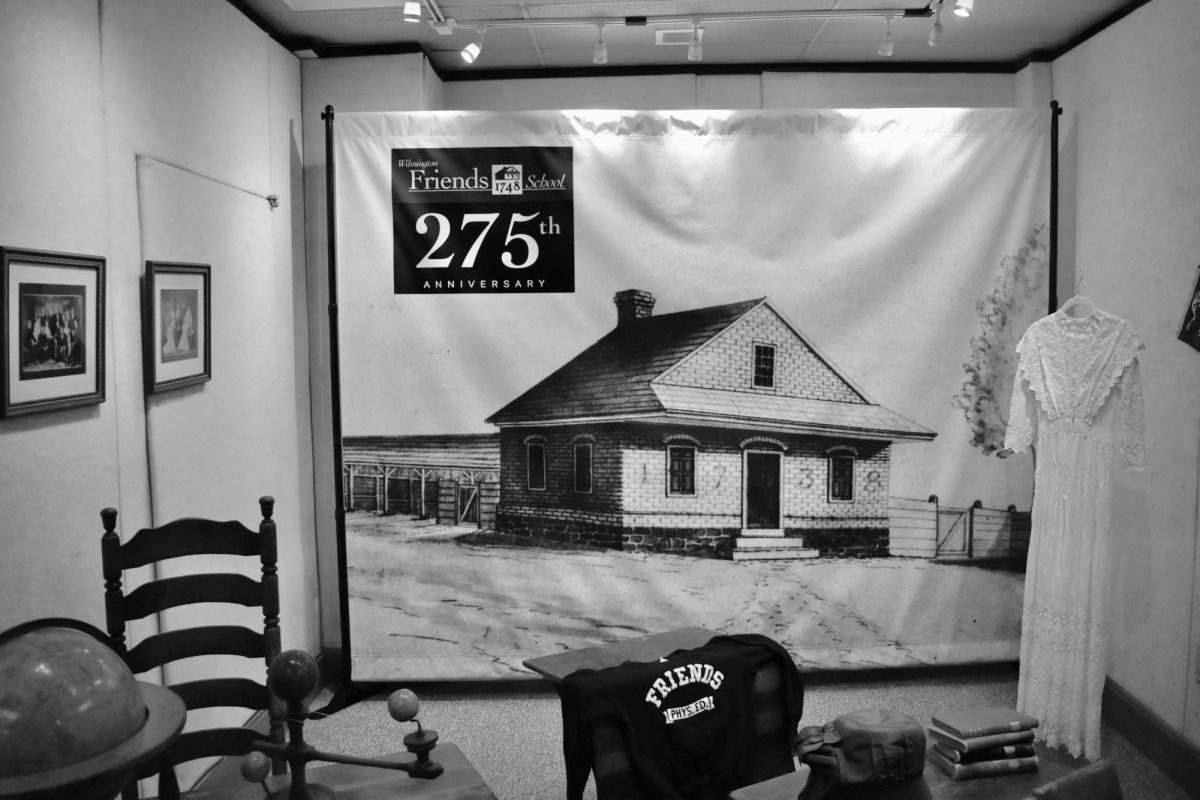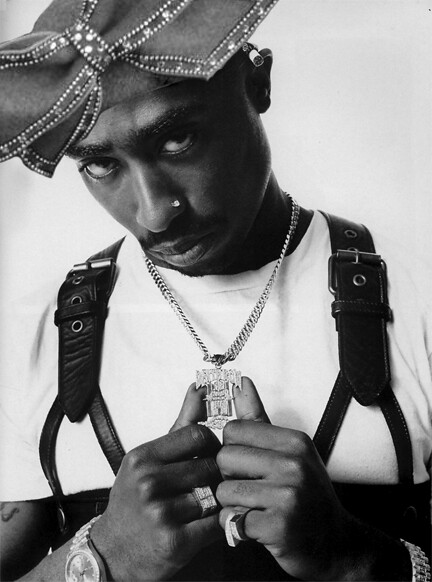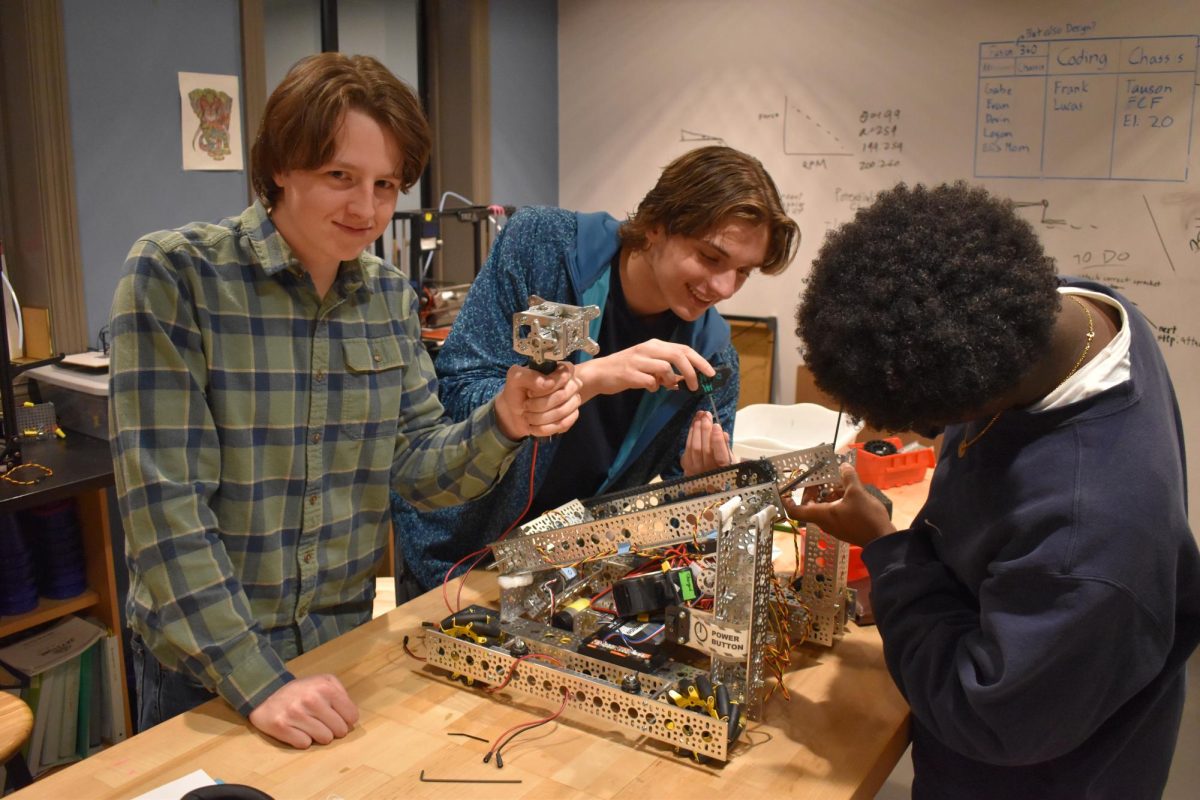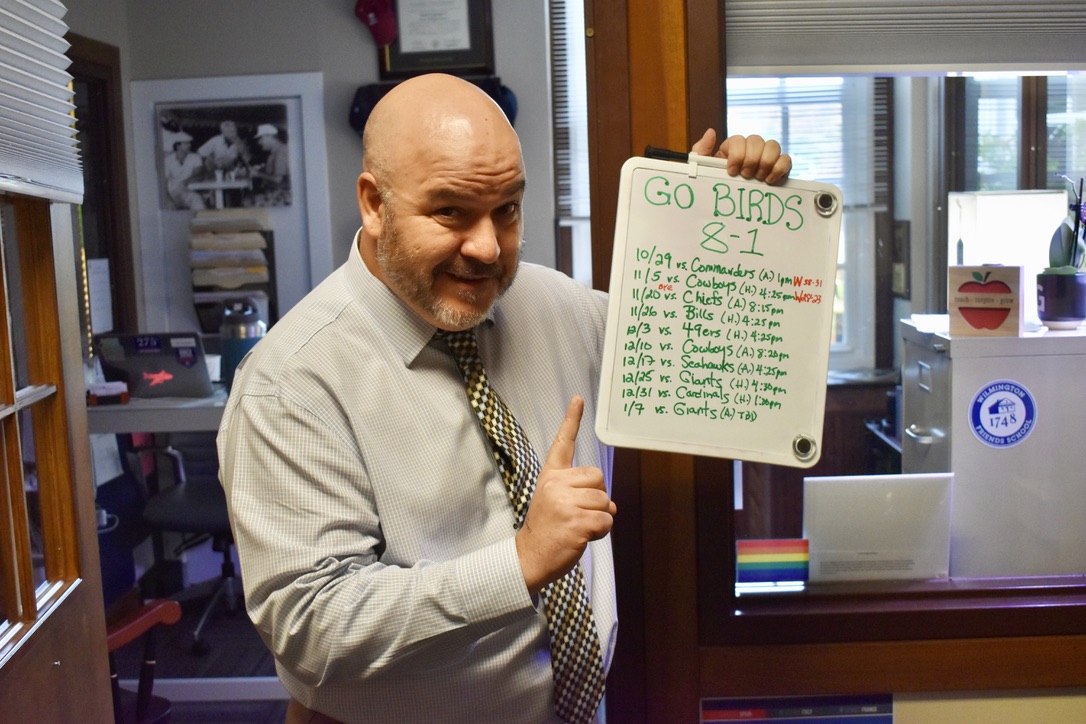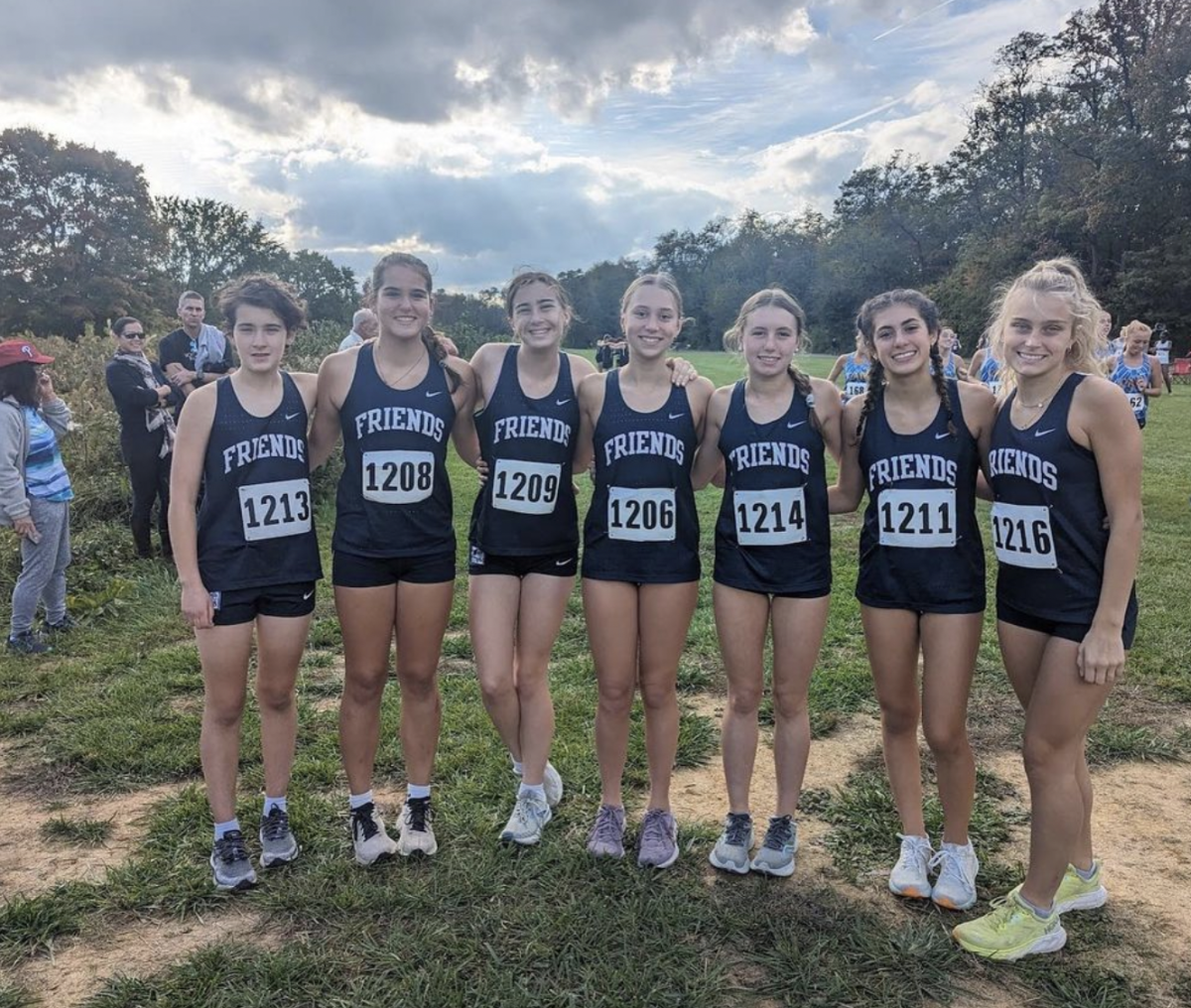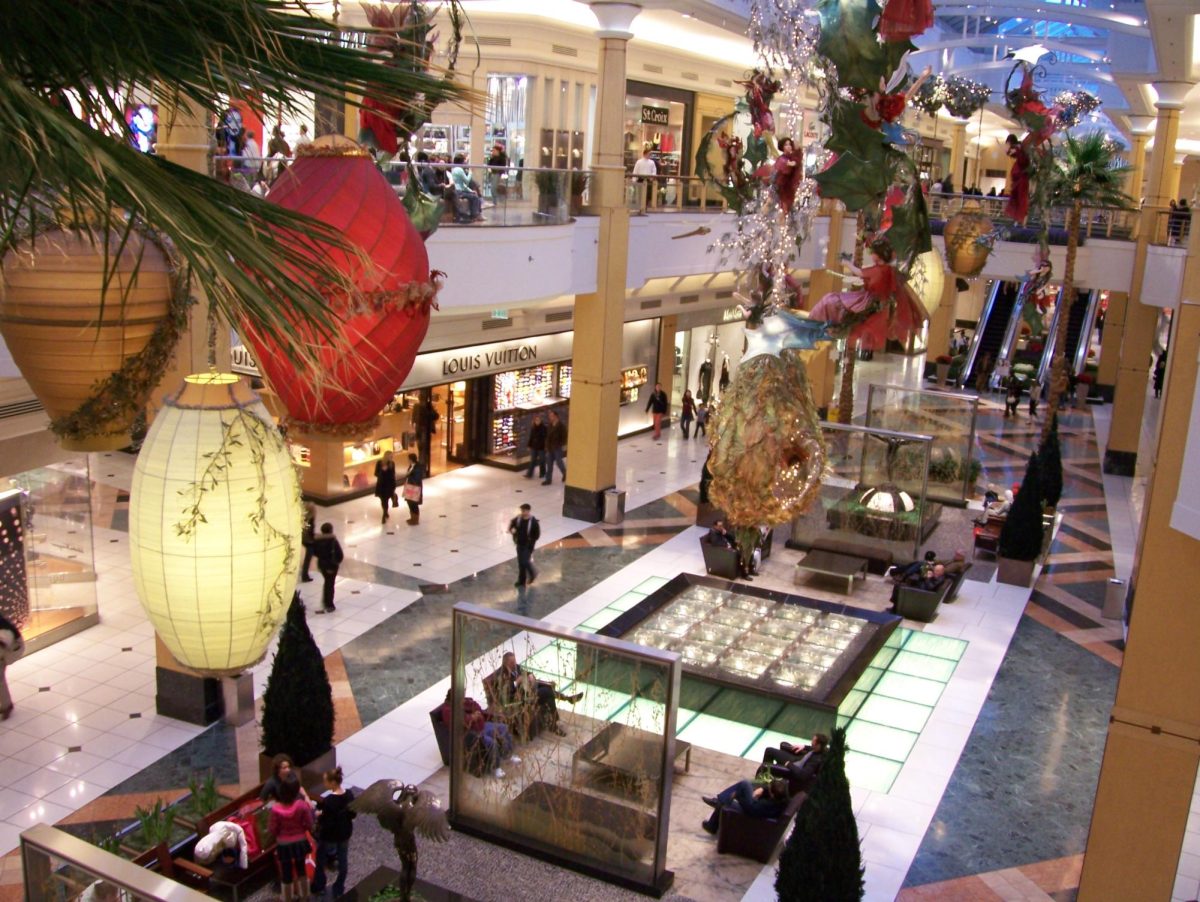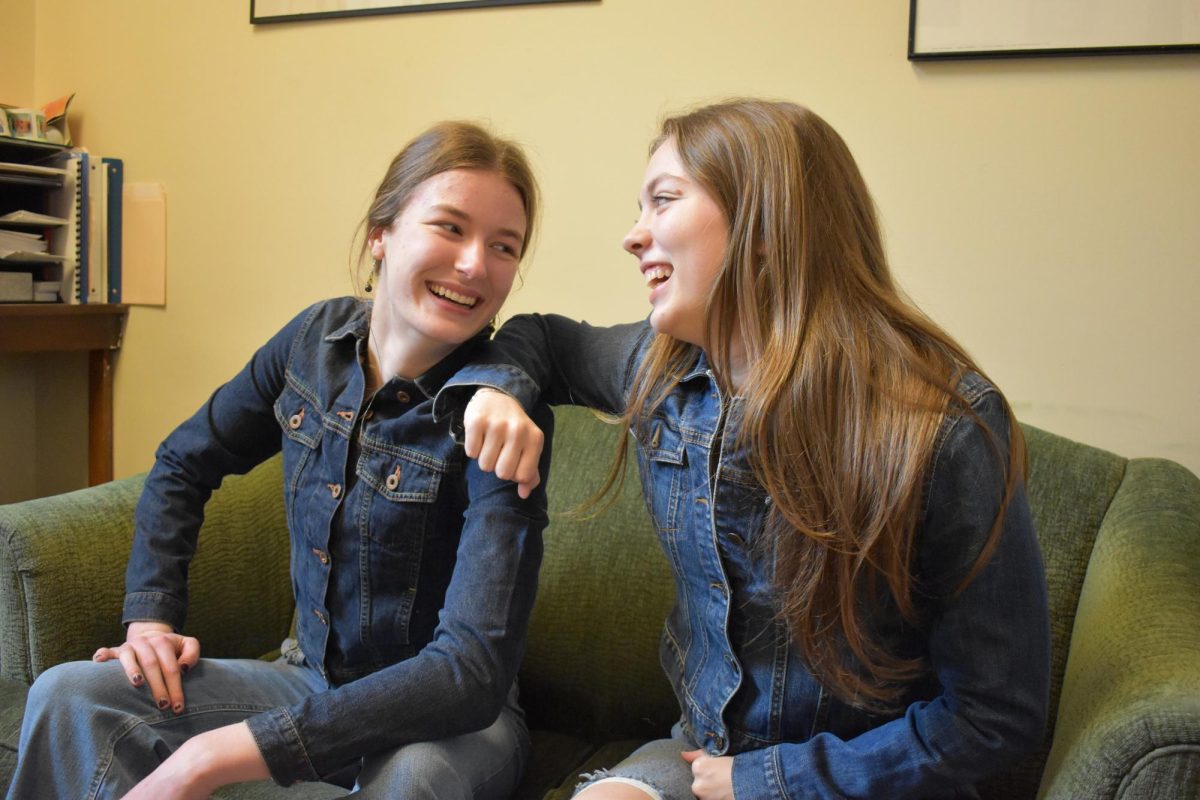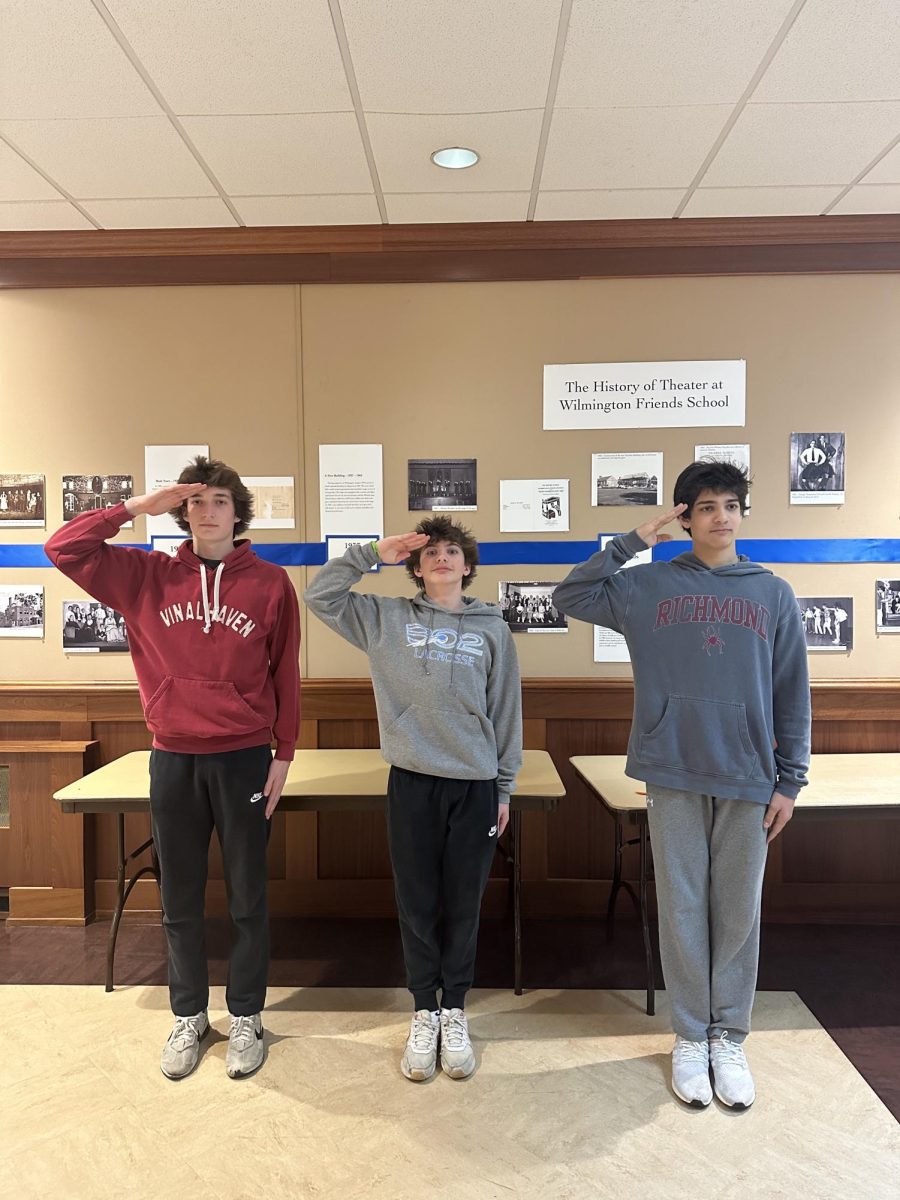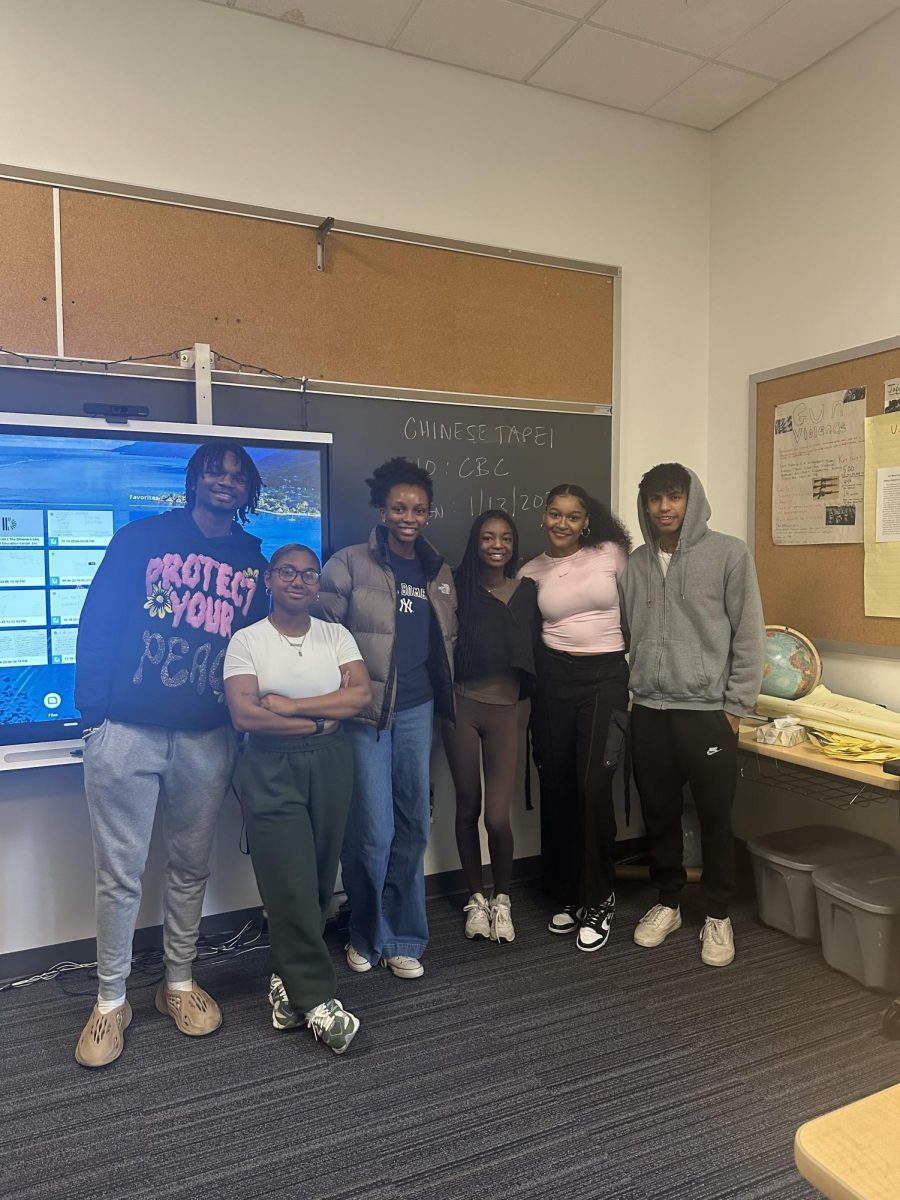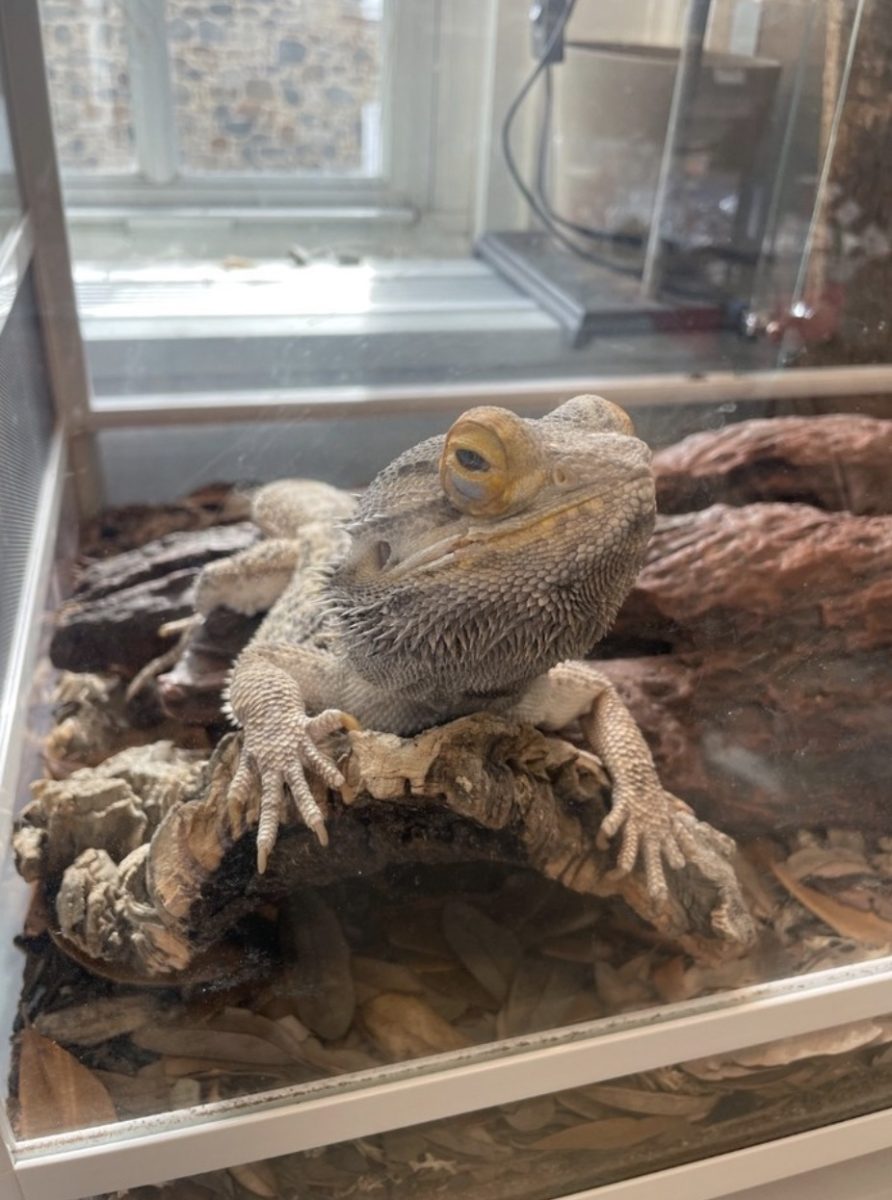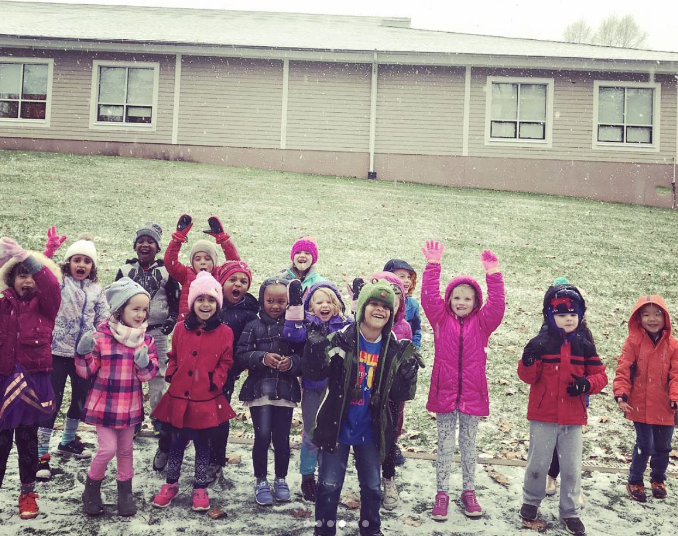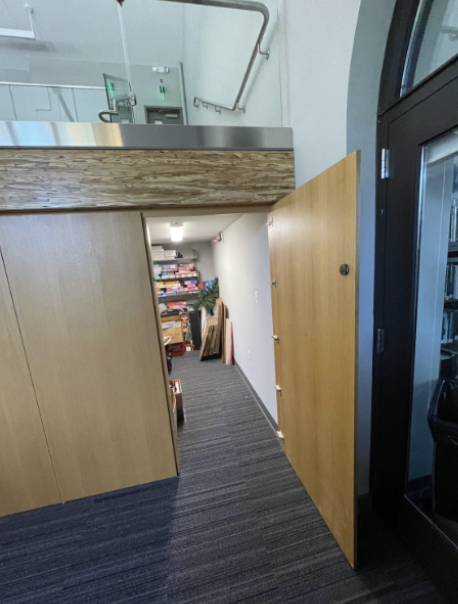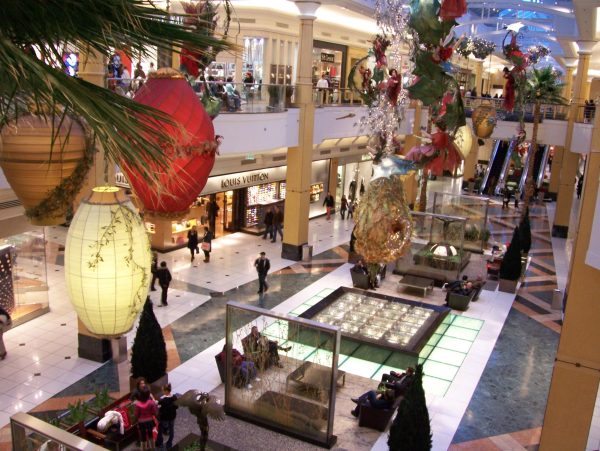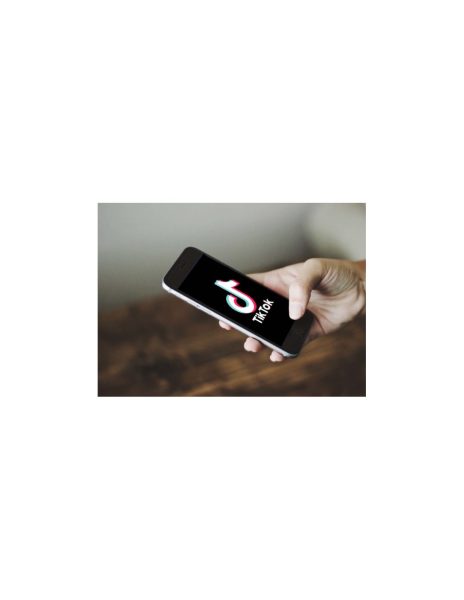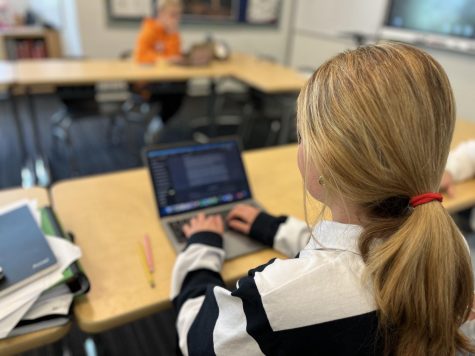The Bright Side of Social Media
October 28, 2022
You’ve probably heard all about how social media is bad for you and read articles about the negatives of social media. We all know that social media is here to stay and its advancement is inevitable. Social media platforms like Facebook, Instagram, and others have become the most popular forms of media in the world today. There are people utilizing social media as if their lives depend on it all around the world.
One of the many benefits of social media is the ability to stay connected with family and friends. Social media outlets like Facebook, Twitter, and Instagram give people a chance to stay connected. According to DataReportal, 48.6% of global internet users say that staying in touch with family and friends is the top reason people use social media.
During the height of the COVID pandemic, people were connecting with family, friends, and loved ones more than ever. In addition to being able to view different posts and post status updates, and send messages, social media websites today offer other ways to stay connected in real-time, like messaging within the app, as well as video chats. You can even have a group video chat with more than 2 people on most of the social media platforms out there – all with the click of a button. “Social media brings people geographically closer together, even when they are states apart. Social media is amazing because, in a very positive way, it can build community. You can get a hold of people who you haven’t talked to in a long time and just ask a quick ‘How are you doing’,” says Sage Miller, ‘25. This pandemic has taught people to value relationships, and social media has had a huge role to play in enabling that.
If used wisely, social media can be a powerful tool to stay up to date on current events and enhance our understanding of the world we live in. For example, people can follow a few credible news outlets on Twitter to get breaking news around the world. According to Pew Research Center, about two-thirds of U.S. adults get news at least sometimes from news websites or apps (68%), or search engines like Google (65%). About half (53%) get news from social media, and a much smaller portion get news at least sometimes from podcasts (22%). “Social media gives me a way to see what people around me are doing and also what is going on in the world – it keeps me updated,” says Steven Kozikowski ‘25. Social media makes it easy for news to move quickly around the world, keeping us well informed of significant happenings.
Social media is now among the most common ways for young adults to get their political news. The internet and social media have transformed from a place where users are mere consumers of content to creators of content. Examples include both Tik Tok and Youtube. TikTok and Youtube users can use these apps for almost everything. Do you need help furnishing your dining table? Look it up on Youtube! Don’t know what to wear to school and need outfit inspo? Look no further; Tik Tok has you covered. Want to try new recipes to cook for your family? You can use either app for that!
Both Tik Tok and Youtube also provide educational content. Youtube is a great place to go to find educational videos about any subject in school. For example, if you are struggling with a subject in math, you can find great Khan Academy math tutoring videos to help you fully understand the subject. “Youtube is a great resource for studying and understanding concepts that you didn’t already know. It helps with reinforcing the information and providing a better explanation,” says Lauren Toner, ‘25.
You can also find short educational videos on Tik Tok to help you with short, neat tricks to help you in different subjects. For example, you could stumble upon a Tik Tok which talks about different websites you could use to study better or different tricks you could use to solve a math problem faster.
In addition to this, other social media apps are also used creatively in the school system these days. For example, Facebook pages regularly broadcast key school updates and alerts. Students join a Facebook class page either during school or during breaks where announcements, class updates, etc. are posted. Sometimes, Facebook groups stream live lectures and host class discussions. Twitter acts as a class message board, or a reminder for due dates, and may also include helpful links for work, study resources, and more. Teachers are creating Pinterest boards for each of their classes and saving pins that are relevant to lessons. Students are pinning websites, books, and videos so that they can refer back to them as reference materials.
Technologies like these have played a huge role in current learning and educational processes. According to EdTechReview, 96% of students with internet access report using social networking technologies; 75% of 7th through 12th graders have at least one social media profile; and 59% of students who use social networking talk about education topics online. 50% of those who talk about educational topics online talk specifically about schoolwork, and 35% of schools have student and/or instructor-run blogs. 59% of schools say their students use social networking for educational purposes and 27% of schools have an online community for teachers and administrators.
While there is a ton of research happening and new tools in development to mitigate the negative effects of social media, social media has been a blessing to mankind. Student collaboration has improved in both quality and quantity because of social media. Students can also help maintain their mental health by finding a safe space to be themselves on social media. “It has given me a place to relate to other people with the same insecurities and differences as me,” says Layla Baynes ‘25.

